Impact attenuation for playground surfacing in North America gets its start through the work of the U.S. Consumer Product Safety Commission (CPSC) and the first publishing of its Handbook on Public Playground Safety in 1981 with...
“most injuries associated with playground equipment involve falls, which would not be addressed by equipment specification alone.”
The work on impact attenuation leading up to the recommendations in the Handbook comes from the automotive industry, the Franklin Institute, and the National Bureau of Standards. The CPSC recommended that the Gmax shall not exceed 200 when an instrumented American National Standards Institute (ANSI) headform is dropped onto a surface from the maximum estimated fall height. Although the ANSI headform was not defined in the Handbook, the testing in reference 32 of the Handbook utilized the ANSI C headform. This headform was formally adopted by ASTM International (ASTM) into ASTM F355 as procedure C and ASTM F1292 in 1991. In Canada, there was a recommendation by the CSA Group (CSA) in the CSA Z614 M90 that synthetic surfacing suppliers should be able to provide testing data to ASTM F355. That is where some of the problems begin since ASTM F355 has the description of the headform and some of the procedures used, but not the determination of Critical Height.
The CSA committee can’t take all of the blame for the wrong reference as they published the Z614 in 1990 and ASTM did not publish the first F1292 until 1991. There was an anticipation of the ability to test surfacing and therefore the reference to F355 and not F1292. By the time CSA published its 1991 revision, ASTM had caught up, but the reference was not changed until the 1998 revision to the CSA Z614. So, the focus for surface testing during the 1990s is on the work at ASTM, since the CSA committee was not in a position for developing their own performance test, and skills were predominantly in the U.S. and Europe through the European Committee for Standardization (CEN). There was also considerable cross-membership between the CSA and ASTM playground structure and surfacing committees and it was believed that duplication of effort would not be beneficial.
ASTM F355 procedure C consists of an aluminum headform that was used to duplicate the injury prevention data in the U.S. automotive industry for a head first head injury. Much of the underlying research came from the National Highway Transportation Safety Administration (NHTSA). The ANSI C shape of the headform was more like a human and the technology utilized a uniaxial accelerometer. This technology did not lend itself to free-fall testing, but was found to be more reliable when guided on a rail or wire, and to ensure capturing all of the impact data, this later incorporated a triaxial accelerometer. The ASTM F1292 provided for a laboratory test as well as the option of testing in the field. Due to the shape of the ANSI C, it was mostly used as a guided device indoors. The initial free-fall field testing was with an unguided ANSI C, but this presented issues of safety for the test operator as the head bounced in every direction on landing. There were also accuracy issues with the values. Although repeatable and reproducible, values would be higher than what the result should have been with a problem of failing surfaces that should not have failed. This was an economic burden on surfacing suppliers. These were later addressed in the F1292 revision in 1999 through a change in the shape of the missile to hemispherical and the requirement of a triaxial accelerometer. But we are getting ahead of ourselves.
In the late 1980s Paul J. Hogan petitioned the U.S. Centers for Disease Control and Prevention (CDC) for the development of a field test device for the measurement of impact attenuation of surfacing in playgrounds to complement the guidance of the CPSC in their Handbook and confirm the ability of the surface to meet these requirements. The CDC granted Mr. Hogan and Playground Clearing House approximately $50,000 to develop a device. This led to a patented device for impact testing that also allowed the data to be transmitted by wire or wirelessly. As it turned out, the development of what has become known as the precursor to the Triax impact attenuation systems took significantly more money, time, and technological changes. First, it was found that the shape of the headform did not lend itself to a free-fall test, and soon there was a change from the ANSI C to the 4.6kg (10lb) hemispherical headform that was being used successfully in Europe, first in the British Standards Institution (BSI) and later CEN Standards. The second major change was from a uniaxial to a triaxial accelerometer to capture all of the impact data. Many of the technical requirements for the free-fall test method were developed during this period. It is important to understand that “free-fall” still requires the device to be supported to ensure specific and measurable drop height and the headform landing in a specific location. It does mean that once it is released, the headform falls freely from the support to the ground a minimum of three times.
One might think that just coming to the ASTM F08.63 sub-committee on playground surfacing with a “better mousetrap” would lead to the quick adoption of the 4.6kg hemispherical headform with a triaxial accelerometer even with the success in Europe. Not likely, there was the very serious issue that standards reflect measurement accuracy to contend with. First, there was the change in shape and second the change in mass.
There was legitimate concern that the new headform would not reflect the data collected with the tried and true guided ANSI C headform and the traceability back to the original automotive data. There was also the concern that there were many different surfacing materials in the field that have significantly different material properties. Some of these included fine and coarse sand, fine and coarse gravel, woodchips and engineered wood fiber (EWF), and rubber mats and poured rubber surfacing, and all of these absorb energy differently. Having erroneously high drop test results struck fear in the hearts of the surfacing suppliers concerned with false negatives and the costly removal and replacement of their surfacing material. One might think this would not be a problem as the risk of false negatives would push suppliers to provide surfacing with better impact-attenuating properties. Not true, as some suppliers at the time, as is true today, did not possess the technical ability to perform better. Additionally, in a competitive world where the bidding process pushes everyone to the lowest quality that “meets spec,” having the lowest price to still win the bid is problematic. False failures could also cost suppliers significantly reduced profits and potentially put them out of business.
The opposite side of the same coin is the false positive where a surface could be found to pass with a non-standard device when it actually places a child at even greater risk of injury than the 10% risk of skull fracture or 16% risk of a life-threatening head injury that the F1292 allows. This obviously is contrary to the public health initiative of the CPSC Handbook and more importantly could result in extraordinary costs to an owner in litigation when the surface is tested with the device and to the procedure specific to the relevant standard.
The need to ensure the accuracy of the testing to the accepted ASTM F1292 was essential, and although financially painful, Mr. Hogan submitted the hemispherical device with the triaxial accelerometer to the ASTM process for formal round robin testing. This consisted of travelling to more than six testing laboratories around the United States and Canada with six different materials representing the surfacing materials available for playground use at the time. All of this test data was provided to ASTM for the rigorous analysis of the round robin process. It was found that the data, although not “mathematically equal,” represented the same data collected with the ANSI C headform with the same results. This was presented in a paper prepared by Dr. Martyn Shorten of Biomechanica. It was also found that the synthetic surfaces, which are more linear and travel well between laboratories, were more consistent between and across laboratories and devices. Loose fill materials tended to have a higher degree of variability as a result of sample preparation during the round robin testing, and this was reflected in the precision and bias statement for the standard in 1999. This was corrected for the test device in the revision of the precision and bias statement in 2004. The precision and bias statement is important as it states the anticipated variation in results that could be gotten by any given person using a device that meets the requirements of the standard and follows the procedure of the standard. This is not a tolerance nor does it open a door for any imagined devices that are non-compliant to F1292.
One would think that this would be the end and people would be out in the field holding a 4.6kg hemispherical device in the air and dropping it from a supporting device three times from approximately the same height to approximately the same point, but not so fast. Standards are not approximate, they are about measuring accurately. It was noted that in the round robin testing the free-fall test device was actually suspended to ensure the dropping from the exact same height to the exact same position and this provided accurate data. A logical extension of this thinking was that if the use zone of most play equipment is a minimum of 1800mm or 6’, the use zone is further out than the arm length of the person performing the test, and using a step ladder on soft surfacing does not offer a stable platform for the accurate support and the dropping of a test device. As a result, the ASTM F08.63 sub-committee required that the device include a stable mechanism to suspend the headform and ensure it was being dropped from the same height to the same location three times. This precludes the option to perform “hand drops” and still be compliant to the standard.
A further concern of the sub-committee was that this is a sophisticated electronic device measuring impact in an outdoor setting and likely subject to damage or environmental influences. As a result, there was the need for bi-annual calibration as is required by almost all scientific testing devices. Additionally, there is the performance of a pretest on a known material or MEP pad to ensure the device was traceable back to the calibration of the accelerometer.
Additionally, the members of the committee understood the need for professionals who were trained and/or working in laboratories, and ASTM was about to unleash technicians on the playground world without the benefit of training or understanding the data they were collecting or further verifying its validity. This included the review at the time of testing of the drop graph to ensure that the curve was continuous and did not include spikes indicating a failure of the filtering requirements. And lastly, that since the people performing the testing in the field would not likely be trained in laboratory techniques, standards, and report writing, they would be required to be trained. To satisfy this, Alpha-Automation Inc. and Canadian Playground Advisory Inc. have been providing training to more than 1,500 people around the world since 1999.
With all of this in place, the ASTM F1292-99 was published and the free-fall test method became the subject of an ASTM standard. It turned out that although the device that Mr. Hogan had developed was the model for the free-fall method, it did not initially meet the new standard. Technical changes were made and the Triax2000 was the first free-fall test device that was fully compliant with ASTM F1292-99. The test device was also compliant with the technical requirements of the CEN EN1177 Standard for measuring the impact attenuating properties of playground surfacing. These two standards became recognized as the only surface performance measure standards in the world, and interestingly CSA allows for either test to be used to determine compliance. The reason there are no other choices goes back to the word “may” and the inclusion of the option of either F1292 or EN1177 as the stated options.
Since the CSA Z614 was due for publishing in 1998 and the ASTM F1292 did not include the free-fall test method until 1999, the Z614 could only recommend the periodic testing of surfacing in the field in section 10.4.6. Section 10.2 stated that “The test method specified in ASTM Standard F1292 shall be used to evaluate the shock-absorbing properties of a protective surfacing material.” Now the words “shall,” “recommended,” and the reference to ASTM “F1292” become important. Knowing that the free-fall test was imminent and knowing that the installed surface performance was important, the use of the word “shall” allowed for the testing in the field only to the ASTM F1292 Standard. Lastly, the use of F1292 without a reference to a revision year allowed the user of the Z614 to perform field testing to the ASTM F1292-99 free-fall test method once it was published.
The Z614 was revised again in 2003 and the requirements for surface testing were modified again in recognition of the changes in standards and testing throughout the world. There also was an interest to go back to the old “Hogan” hand drop testing rejected by the ASTM F08.63 sub-committee. The proponents were looking for a “cheap and easy” solution that even today appears to be the holy grail of surface testing rather than measuring accurately.
The European Standard EN1177 Standard for Impact Absorbing Surfacing was published but poorly understood in its detail. It was presented to the CSA Technical Committee as a potential alternative to ASTM F1292 and was therefore added to the CSA Z614 as an alternate and acceptable test between the two choices. On further examination of the detail of the EN1177 that required a series of three drops from a specific height to a specific location to be repeated at four increasing heights, which was a more complicated procedure, testing agencies in Canada chose to revert almost exclusively to the ASTM F1292. Since the CSA Z614 states that either ASTM F1292 or EN1177 “may” be used, reverting to the ASTM F1292 is totally appropriate. The problem arises when people do not accept the definition of “may” as a choice between stated options and not like a school child asking “may I” and thinking that anything in their wildest imaginings becomes acceptable.
Today there is the potential of even more confusion for the playground owner, specifier, surfacing installer, or regulator working to ensure compliance to the recommendations of the CPSC and the requirements of the Americans With Disabilities Act (ADA), ASTM F1487, and CSA Z614. There are a few “magic devices” in the market that for the most part clearly state on their websites that they do not comply with ASTM F1292, but are “cheap.” Someone using any of these devices, particularly in conjunction with any of the above standards, is non-compliant, and an owner, regulator, or inspector is not only placing themselves at risk for liability should an injury occur, or an ADA complaint be filed, but they are placing children at risk.
That is the history and Paul Hogan at 90 years of age should be thanked for his vision, investment, and perseverance. As a result of his initial efforts and the demands for measuring accurately from the Surfacing sub-committee at ASTM, children are better off and at lower risk of a life-threatening or critical injury.
What does the future hold?
As to the future, there is work going on. The F1292 4.6kg hemispherical headform has moved to the headform standard ASTM F355 as procedure E. It has also been adopted as the test device for wall padding, pole vault, and other surface applications and is being considered for replacement of the A missile for testing of sports systems to determine the risk of head injury with an impact on those surfaces. As to ASTM F1292, there is an effort to clearly delineate the laboratory and field tests, and there will likely be an ASTM test procedure for measurement of impact attenuation for playground surface systems as measured in the field. It will likely be that the ASTM F1487 sub-committee (F15.29) will set the performance requirements at the time of installation and throughout the life of the playground as they are the connection of the surfacing with the child falling off of their structures.
Stay Tuned

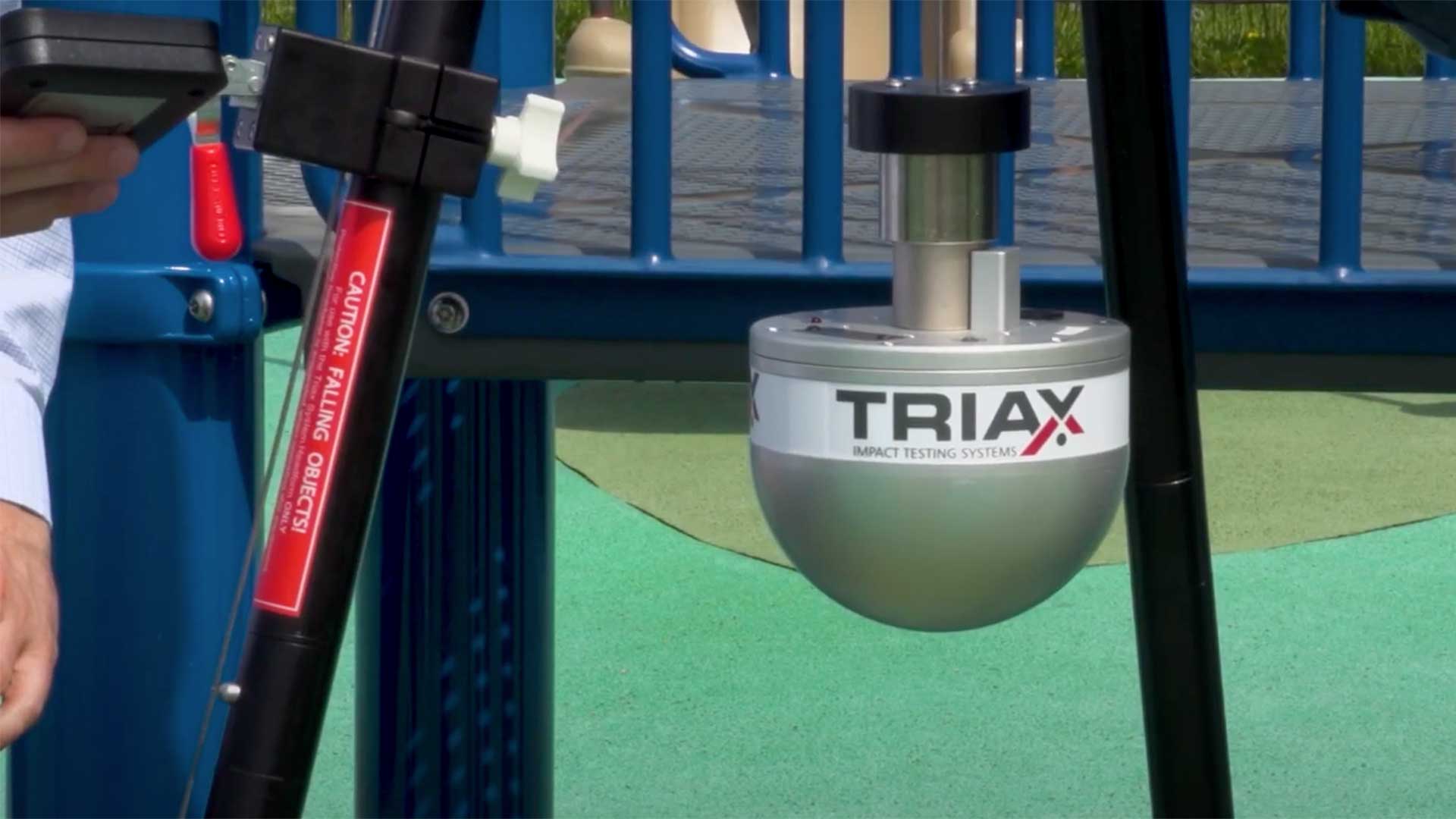

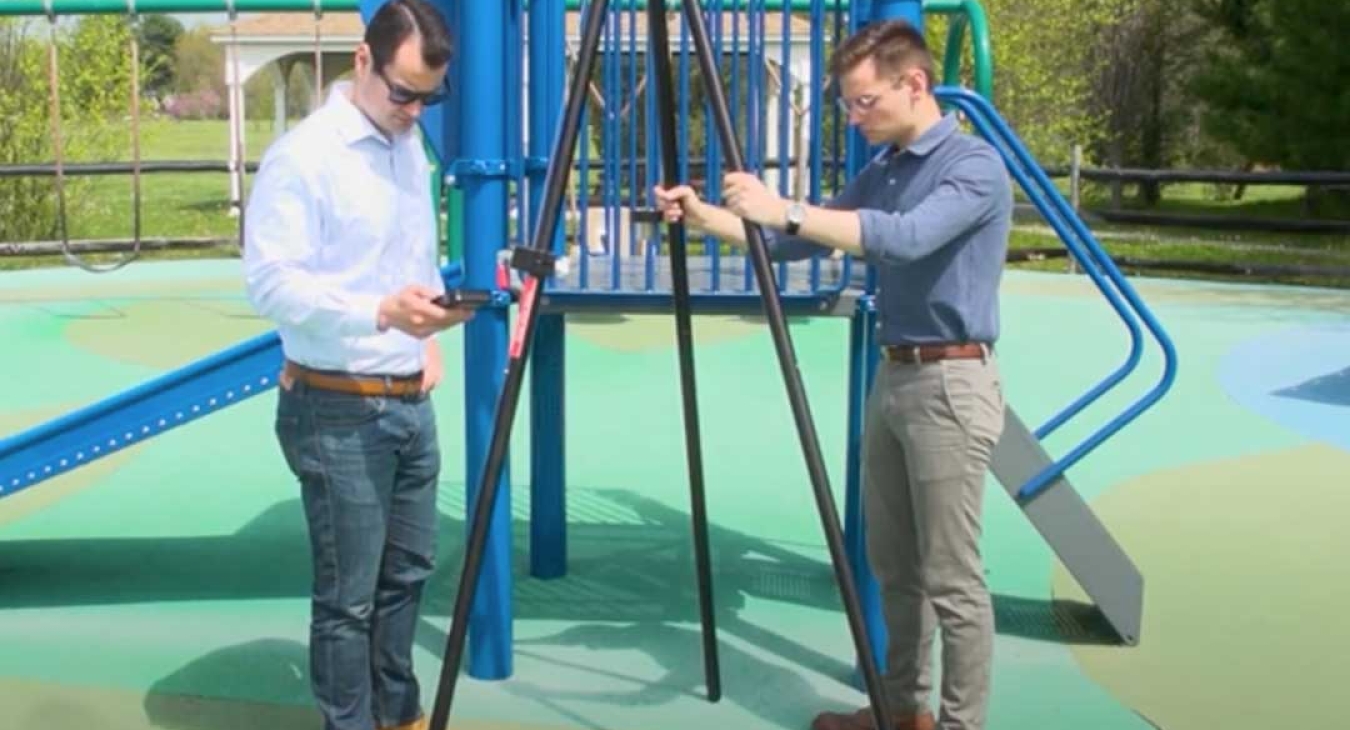
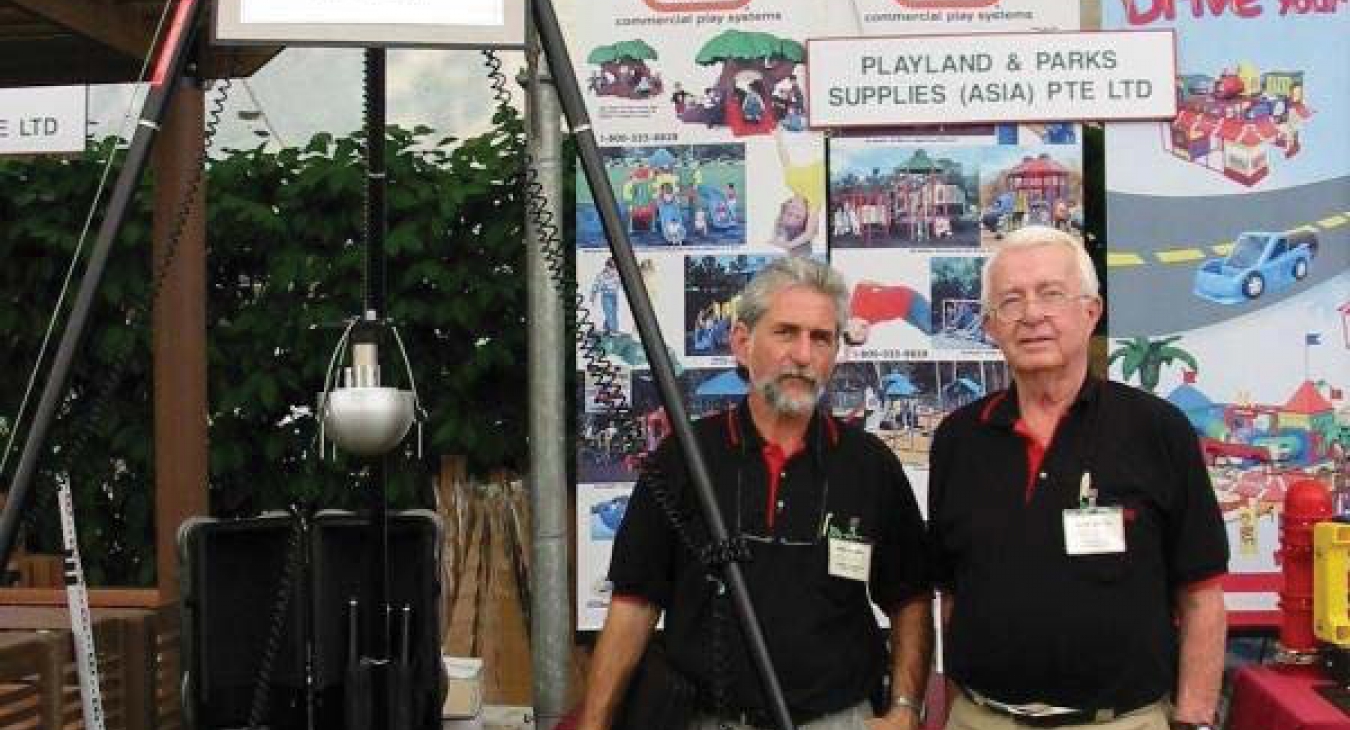
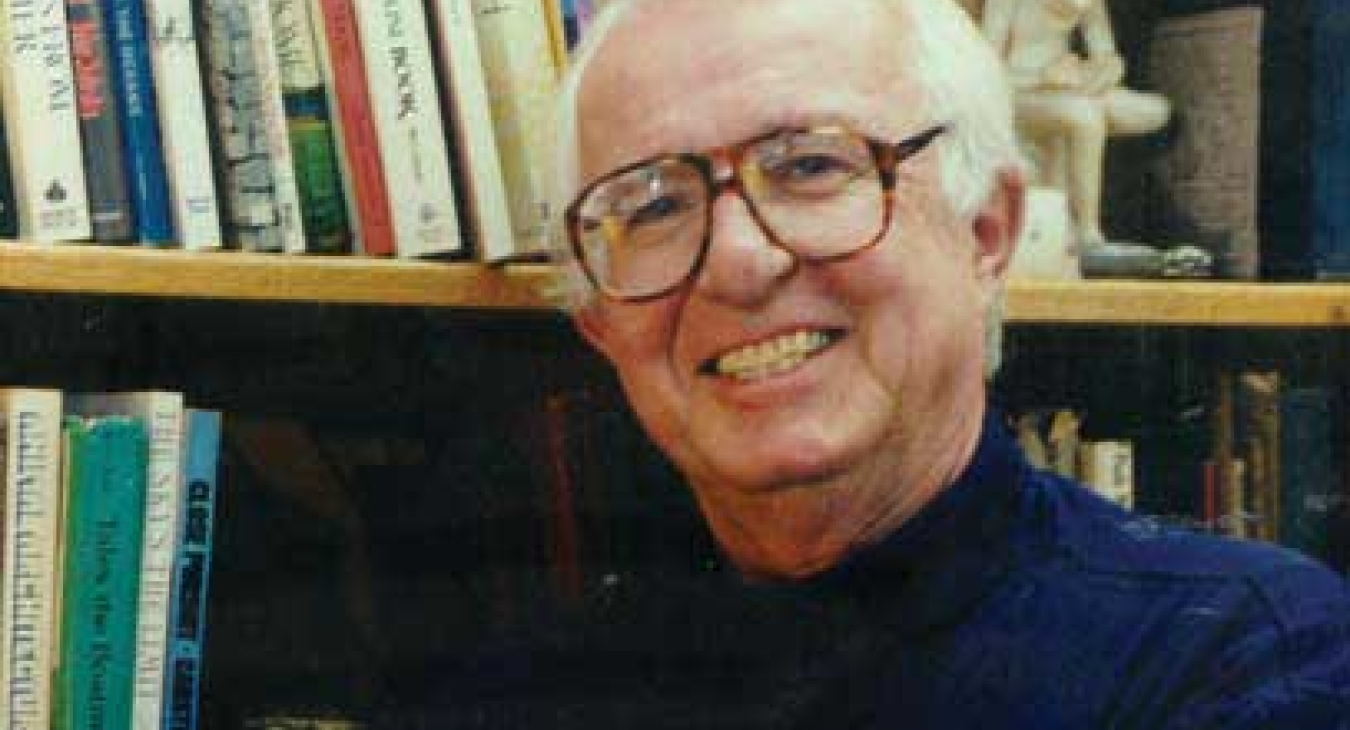
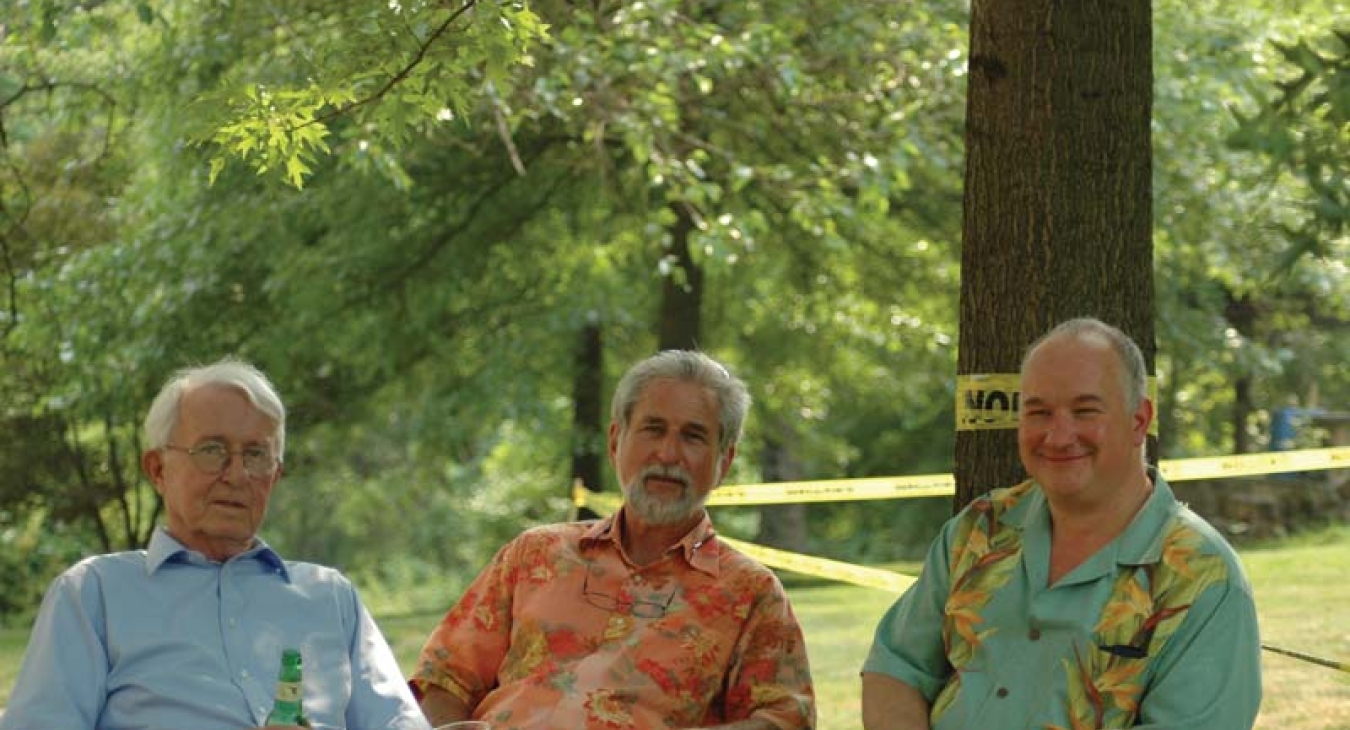
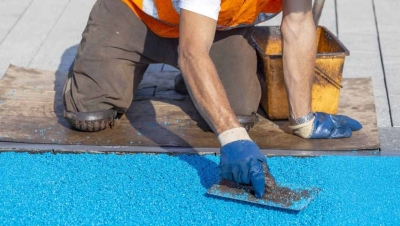



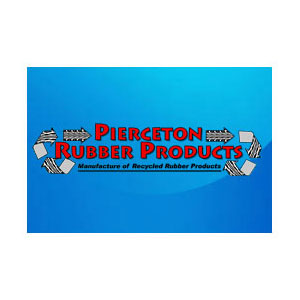


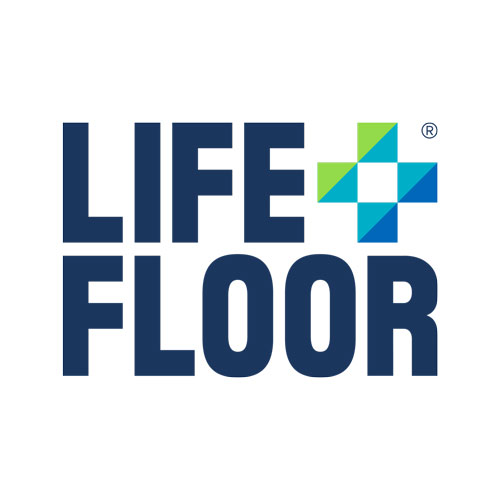

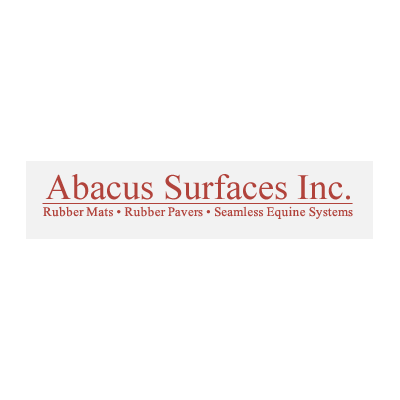

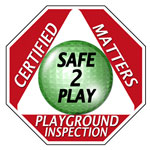
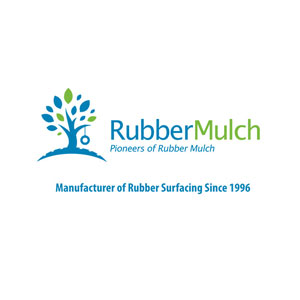

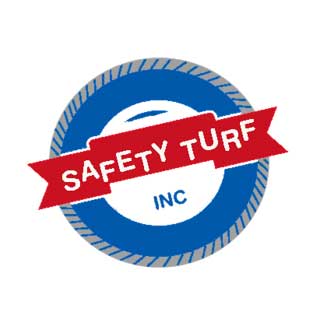
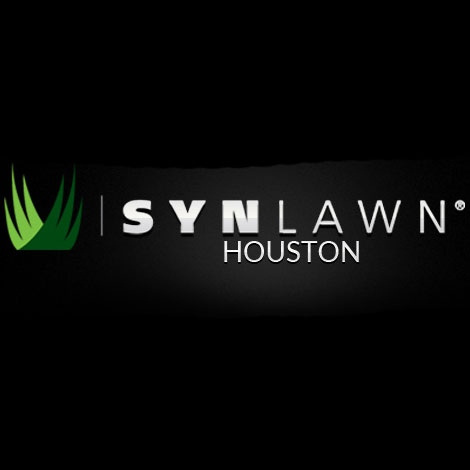
Add new comment